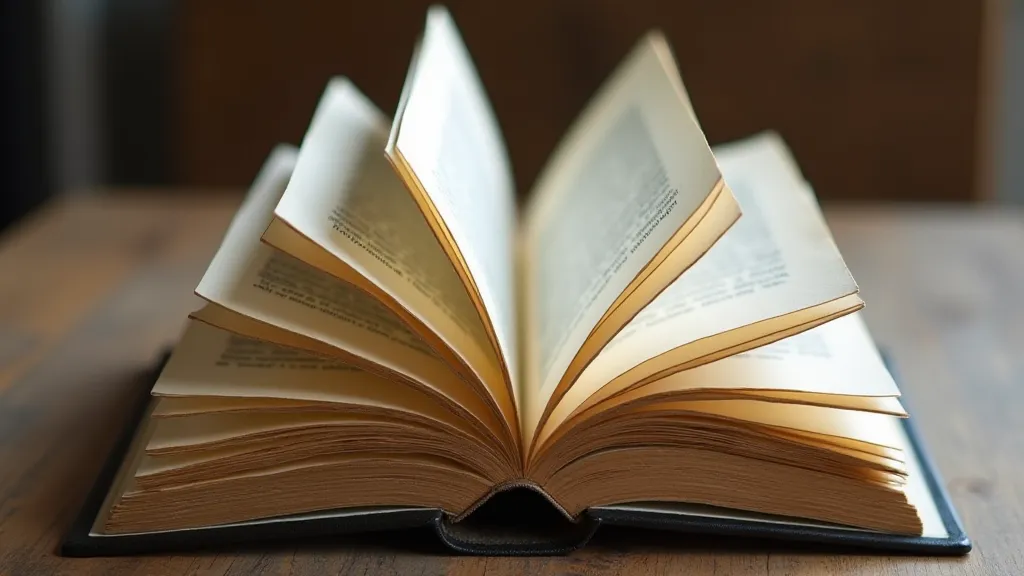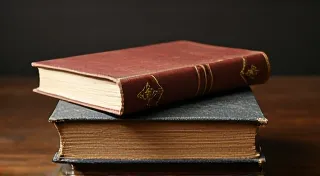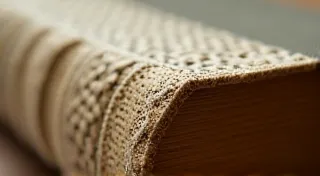Paper Selection for Bookbinding: Choosing the Right Weight & Texture
The foundation of any beautiful, durable handmade book is the paper you choose. It’s much more than just a surface to write or draw on; it's a crucial element of the book’s feel, longevity, and overall aesthetic. This tutorial will guide you through understanding paper weight, texture, and how to select the best options for your bookbinding projects.
Understanding Paper Weight (GSM & Thickness)
Paper weight is measured in grams per square meter (gsm). Higher gsm means a heavier, thicker paper. For bookbinding, weight is vital for structural integrity and how the paper will behave under binding techniques.
- Lower Weights (60-80gsm): These are suitable for preliminary sketches, drafts, or pages intended for light writing. They can be prone to warping and tearing under stress, making them less ideal for final pages.
- Medium Weights (90-120gsm): This is a versatile range frequently used for text blocks in many handmade books. They offer a good balance of writing feel and durability.
- Higher Weights (140gsm+): Used for covers, decorative elements, or when a substantial feel is desired. Thicker papers can add a luxurious feel but might require adjustments to your binding techniques to account for their bulk.
Don’s focus just on gsm. Thickness is related, but paper density also influences how it behaves. A dense, short-fiber paper might *feel* heavier than a lightweight, fluffy one.
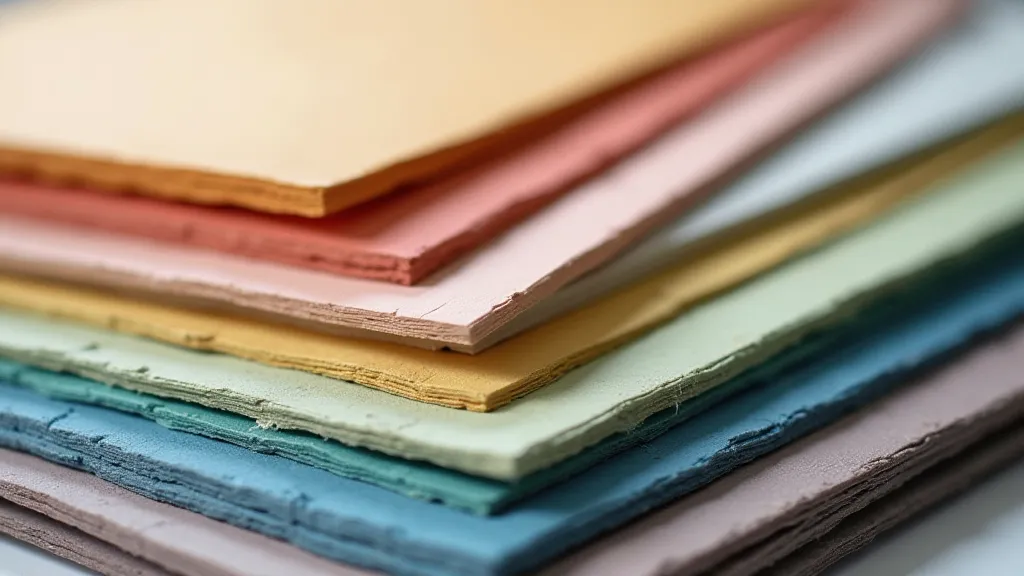
Exploring Paper Texture & Finish
Paper texture significantly impacts the writing experience and the book’s visual appeal. Common finishes include:
- Smooth: Offers a clean, crisp writing surface. Ideal for calligraphy, detailed illustrations, or a modern aesthetic.
- Textured (Laid, Linen, Felt): Adds visual interest and a tactile quality. The texture can influence ink bleed and feathering – something to consider with your chosen writing instruments.
- Vellum: A translucent paper, often used for special pages or decorative elements. Its unique appearance adds a touch of elegance.
- Watercolor Paper: While primarily intended for painting, watercolor paper's thickness and texture can be an advantage in bookbinding, providing exceptional durability and preventing ink bleed-through.
Always test a sample of paper with your preferred pens, inks, or paints *before* committing to an entire book project. Observe how the ink absorbs and whether there's any feathering or bleed-through.
Paper Types for Different Bookbinding Projects
Different bookbinding projects call for different paper choices.
- Journals & Notebooks: Medium-weight paper (90-120gsm) with a smooth or lightly textured finish is generally suitable.
- Sketchbooks: Heavier, textured paper (140gsm+) is preferred to handle various media.
- Fine Binding Projects: Consider using a combination of paper types – lighter weight for the text block and heavier, decorative paper for the cover.
- Artist Books: Experiment with unusual paper types like Japanese tissue, handmade Lokta paper, or even recycled materials.
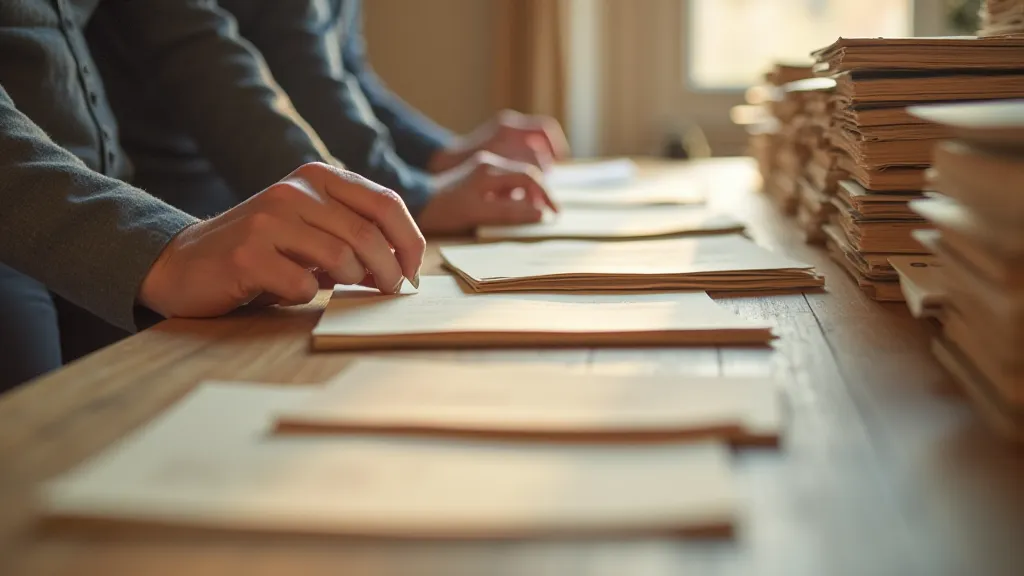
Sustainable Paper Choices
When selecting paper, consider its environmental impact. Look for options that are:
- Recycled: Made from post-consumer waste.
- FSC Certified: Ensures responsible forest management.
- Acid-Free: Prevents paper degradation over time, ensuring the longevity of your book.
Experimentation is Key
Ultimately, the best paper for your bookbinding project depends on your personal preferences and the intended use of the book. Don't be afraid to experiment with different weights, textures, and types to discover what works best for you. A well-chosen paper elevates the entire bookbinding process and contributes significantly to the finished product’s beauty and durability.
